B2B Adoption of 3D Configurators for Industrial Design
In today’s fast-paced manufacturing and design ecosystem, industrial companies are turning to 3D configurators to revolutionize how they design, customize, and sell complex products. What once required lengthy CAD sessions, multiple design iterations, and back-and-forth communication can now be streamlined through real-time, interactive product configuration tools.
Why 3D Configurators Are Transforming Industrial Design
B2B buyers are no longer satisfied with static catalogs or generic product PDFs. They demand visualization, accuracy, and instant customization. 3D configurators bridge this gap by offering an intuitive platform where businesses can:
-
Visualize complex products in real time: From machinery parts to modular equipment, every detail can be inspected.
-
Accelerate design-to-production cycles: Instant customization reduces manual design revisions and shortens lead times.
-
Enable collaborative design: Engineers, sales teams, and clients can interact with the same 3D model, ensuring alignment from the start.
-
Enhance customer confidence: Accurate 3D previews minimize errors, reduce returns, and increase trust in B2B relationships.
-
Integrate with ERP and CAD tools: Many configurators now sync with backend systems, ensuring smooth transitions from design to manufacturing.
Key Benefits for Industrial B2B Companies
-
Mass Customization at Scale – Clients can tailor dimensions, materials, or configurations without adding design overhead.
-
Reduced Sales Cycles – Sales teams can provide instant quotes and design validations during discussions.
-
Cost Savings – Less reliance on physical prototypes and manual engineering hours.
-
Stronger Client Relationships – Offering self-service configuration tools positions a company as innovative and customer-centric.
The Road Ahead
As Industry 4.0 continues to drive digital transformation, 3D configurators are becoming the standard in B2B industrial design workflows. Companies adopting these solutions today gain a competitive edge by accelerating sales, improving operational efficiency, and delivering personalized customer experiences.
Frequently Asked Questions (FAQs)
Q1. What is a 3D configurator in industrial design?
A 3D configurator is an interactive digital tool that allows B2B clients to visualize, customize, and configure industrial products in real time before purchase or production.
Q2. How does a 3D configurator benefit industrial manufacturers?
It reduces manual design iterations, speeds up quoting, improves accuracy, and enhances customer engagement by providing a realistic view of the final product.
Q3. Can 3D configurators handle complex industrial products?
Yes, advanced configurators are capable of managing intricate components, modular assemblies, and engineering-grade details while ensuring compatibility.
Q4. Do 3D configurators integrate with existing CAD and ERP systems?
Many modern solutions integrate directly with CAD software, PLM, and ERP platforms to streamline workflows from configuration to production.
Q5. Are 3D configurators suitable for all industries?
While particularly impactful in machinery, automotive, aerospace, and equipment manufacturing, they can be adapted across multiple B2B sectors where customization is critical.
Q6. Is implementing a 3D configurator expensive?
The cost depends on complexity and features, but the long-term savings from reduced design hours, fewer errors, and faster sales cycles often outweigh the investment.













 2025. All rights reserved
2025. All rights reserved